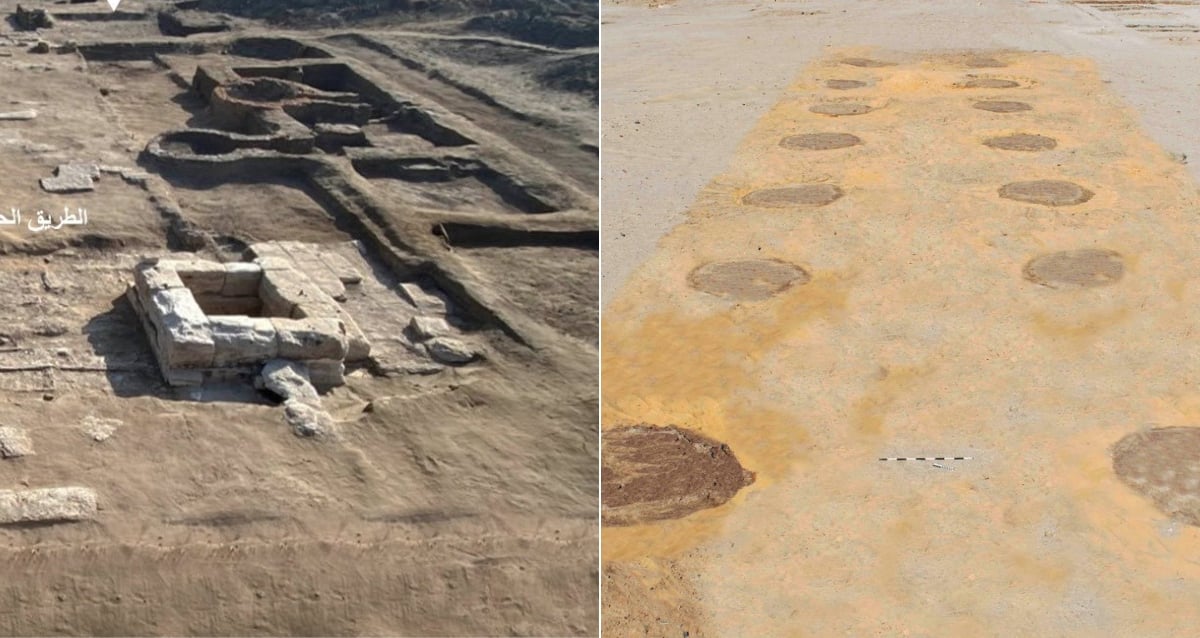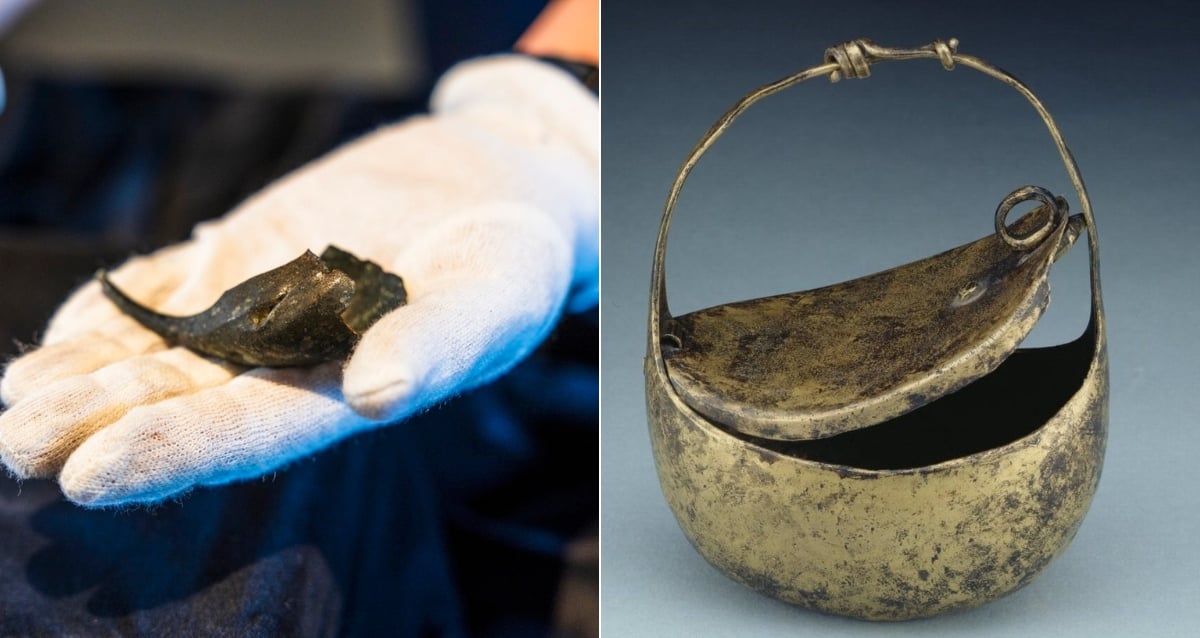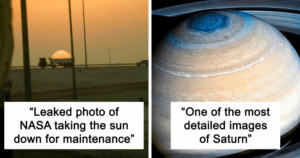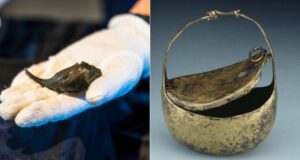Hidden Beneath Egypt’s ‘Fortress Of The East,’ Archaeologists Unearth a Moat and a 500-Tree Walkway Lost to Time
Over 500 clay circles were also uncovered on either side of the road, which are believed to have been used to plant trees that would have adorned the entrance to the fortress during the Ptolemaic era.
Excavations also unearthed Roman-era soldier dwellings, offering a clearer picture of the daily lives of those stationed at the fortress during the reigns of emperors Diocletian and Maximian.
There were signs that the site transformed into an industrial hub in the late Roman period as well, notably four large furnaces used to produce quicklime. It is believed that, over time, this industrial activity led to the destruction of stone structures at the site.
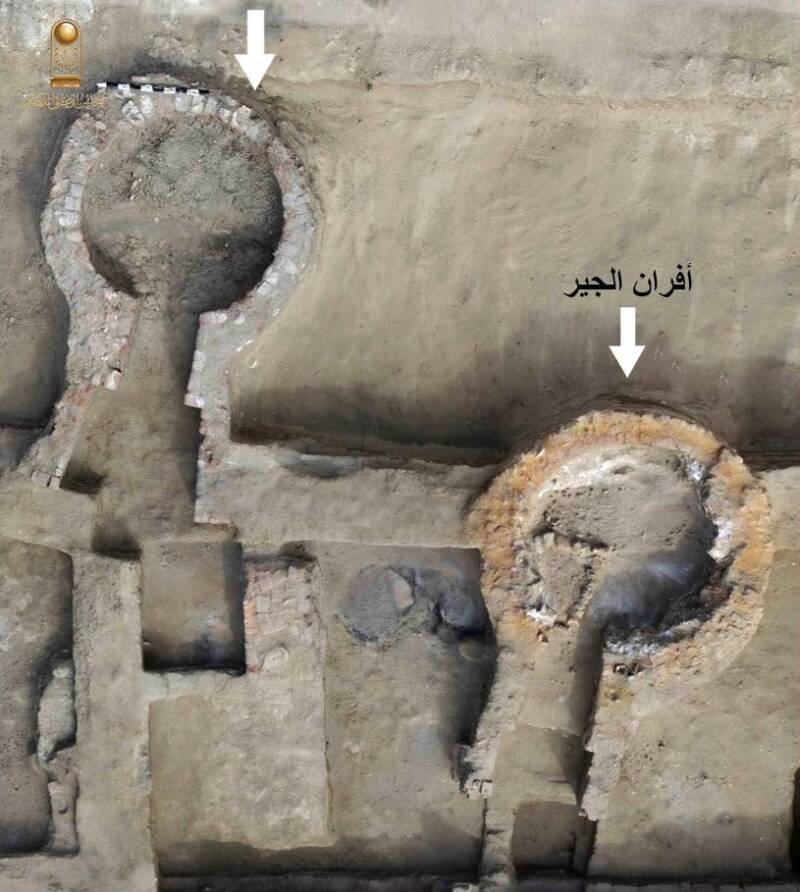
Egyptian Ministry of Tourism and AntiquitiesTwo of the four massive kilns used for making lime that were found at the fortress.
Dr. Hisham Hussein, head of the excavation mission, announced that the team also uncovered a trench that could point to the presence of a third, older fortress at the site which would have predated both the Ptolemaic and Roman structures. The four corners of this potential earlier fortress have been identified, and efforts are currently underway to date it.
Several long, rectangular buildings were also found, arranged in overlapping layers, which appear to have been used as residential areas for extended periods during the Ptolemaic era.
Overall, the new discoveries will help researchers gain a deeper understanding of the strategic significance of the fortress in protecting Egypt’s eastern borders.
After reading about these new discoveries at the Sinai Desert fortress, learn all about Egyptomania, the craze that saw the world become fascinated with ancient Egypt. Then, read about why so many Egyptian statues have broken noses.
